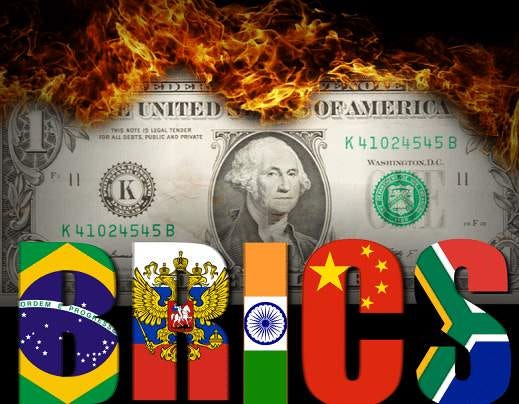Introduction
The BRICS bloc—comprising Brazil, Russia, India, China, South Africa, and recently Indonesia—is transforming global trade and challenging the dominance of traditional Western-led systems. With a combined GDP exceeding 31% of global output and a population base representing over 40% of the world, BRICS nations are forging new economic alliances, promoting South-South trade, and pioneering efforts to reduce reliance on the U.S. dollar. This shift signals a broader move toward a more multipolar global economy.
The Rise of BRICS in Global Trade
A Shift in Economic Power
BRICS economies have matured into formidable players in the global marketplace. China remains a manufacturing giant, India excels in services and IT, while Brazil and Russia export vital commodities. South Africa and Indonesia add regional clout and resource diversity. Together, these economies are asserting themselves in institutions like the IMF and WTO, demanding a voice reflective of their growing global significance.
Intra-BRICS Trade and Regional Synergy
Intra-BRICS trade exceeded $500 billion in 2024, with complementary exports such as Brazilian soybeans, Russian gas, Indian tech services, and South African minerals fueling internal demand. China’s Belt and Road Initiative (BRI) has reinforced trade infrastructure from Latin America to Africa, while Indonesia’s 2025 membership has expanded the bloc’s strategic reach into Southeast Asia.
De-Dollarization: Reducing Dependence on the U.S. Dollar
Currency Diversification
One of the most notable shifts led by BRICS is the push toward de-dollarization. Member states increasingly trade in national currencies, such as the yuan, rupee, and ruble, to reduce vulnerability to U.S. monetary policy and sanctions. China’s Cross-Border Interbank Payment System (CIPS) is enabling more transactions in yuan, while Russia and India have deepened non-dollar bilateral trade.
The Role of the New Development Bank (NDB)
Established in 2014, the NDB provides BRICS countries and their partners access to development finance without the conditionalities of the World Bank or IMF. By 2024, the NDB had approved over $30 billion in projects, from renewable energy in Brazil to road infrastructure in India. This institution is instrumental in enabling financial sovereignty and independence from Western-dominated credit systems.
Challenges to Unified Action
Geopolitical and Structural Hurdles
Despite their cooperation, BRICS nations face significant challenges. Political friction, such as the India-China border dispute and Russia’s conflict with the West, can hinder collective policymaking. Disparities in GDP, digital infrastructure, and innovation capacity also limit the bloc’s integration and performance. For example, South Africa’s economy is dwarfed by China’s, creating concerns over influence equity.
Western Pushback
Efforts to build parallel institutions face resistance from entrenched Western systems. The dollar remains dominant in global finance, and scaling initiatives like CIPS or the NDB requires massive investment in digital infrastructure and cross-border financial regulation—areas where BRICS nations still lag.
The Future of Global Trade: Toward a Multipolar Economy
BRICS’ trajectory signals the rise of a multipolar global economy. The BRICS+ expansion, with prospective members like Saudi Arabia and Malaysia, reflects a vision of inclusive, South-led globalization. For businesses and policymakers, understanding these new trade dynamics is crucial for future engagement.
Through regional integration, institutional innovation, and a shared vision for financial sovereignty, BRICS is not just reacting to the global order—it is actively reshaping it. As the bloc addresses its internal and external challenges, its influence will likely continue to grow, altering global trade patterns for decades to come.
Conclusion
The BRICS nations are no longer peripheral players—they are architects of a new world economic order. Their strategies to reduce dollar reliance, enhance South-South cooperation, and develop independent financial institutions are redefining global trade. As BRICS continues to evolve and expand, its ability to unify diverse economies around a common agenda will shape the contours of a more balanced and inclusive future.
Recommended Reading:themorningnewsinformer.com/xi-jinping-china-celac-forum-2025


